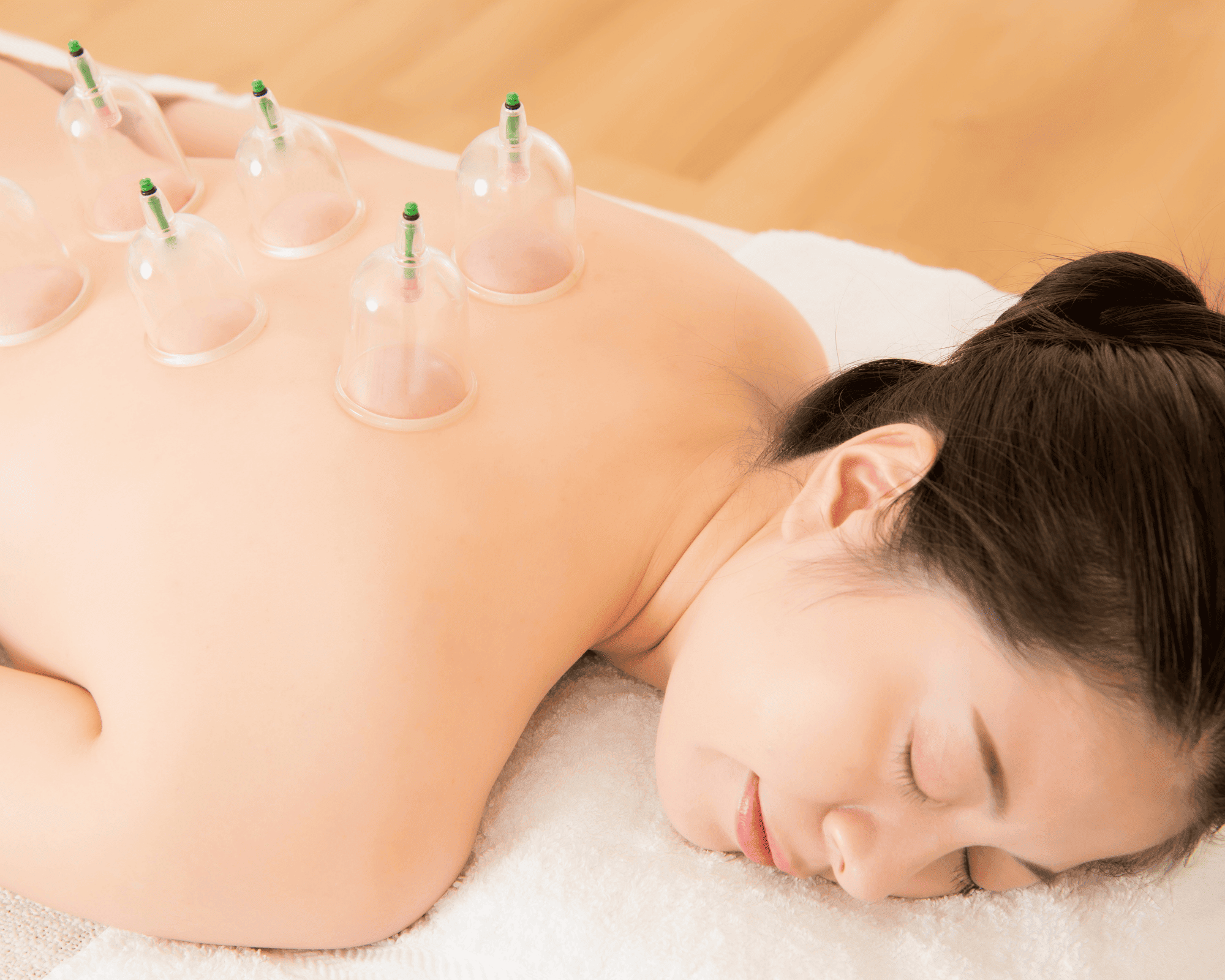Menu
Cupping therapy is an ancient alternative medicine in which a therapist puts special cups on your skin for a few minutes to create suction. People get it for many purposes, including to help with pain, inflammation, blood flow, relaxation, and well-being, and as a type of deep-tissue massage.
How Cupping Therapy Works:-
Cupping therapy involves placing special cups on the skin for a few minutes to create suction. The suction pulls the skin and underlying tissue up into the cup. Cupping therapy is usually done with glass, bamboo, or silicone cups.
The cups can be left in place for a few minutes or up to 15 minutes. Cupping therapy is often used in combination with acupuncture, massage, or other forms of alternative medicine.
Cupping therapy is said to improve blood flow and promote healing by drawing toxins out of the body. It is also said to help relieve pain, relax muscles, and reduce inflammation. Cupping therapy is sometimes used as a deep tissue massage.
Cupping therapy is an ancient form of alternative medicine in which cups are placed on the skin to create suction. This suction is said to help with pain, inflammation, blood flow, relaxation, and well-being. Cupping therapy has been used for centuries in many cultures, including China, Egypt, and the Middle East.
There are many benefits of cupping therapy, including:
Thank you for your interest! If you are interested in trying cupping therapy, please get in touch with A&M Health Clinic Full Body Massage today. Our trained therapists will be happy to answer any of your questions and provide you with the best possible care.

Cupping therapy can be performed with the patient fully clothed or using special oil-infused cups placed on the skin. If you're opting for the latter, it's important to wear loose-fitting clothing that will allow your therapist easy access to the treated area. It's also a good idea to wear dark-colored clothing, as the cups can sometimes leave marks on the skin.
Cupping therapy is a safe and effective treatment for many conditions, but there are a few risks to be aware of. The most common hazards include skin bruising, burns, and discomfort. These risks can be avoided by working with a certified and experienced cupping therapist.
Cupping therapy can be a great addition to your self-care routine. Cupping therapy should not be used on broken skin or if you have a bleeding disorder. If you are pregnant, cupping therapy should only be used with your healthcare provider's approval. Talk to your healthcare provider about whether cupping therapy is right for you.
The frequency of treatments will depend on your individual needs and goals. Cupping therapy can be done as often as once a week or as little as once a month. If you receive cupping therapy for maintenance, once every few months may be sufficient.